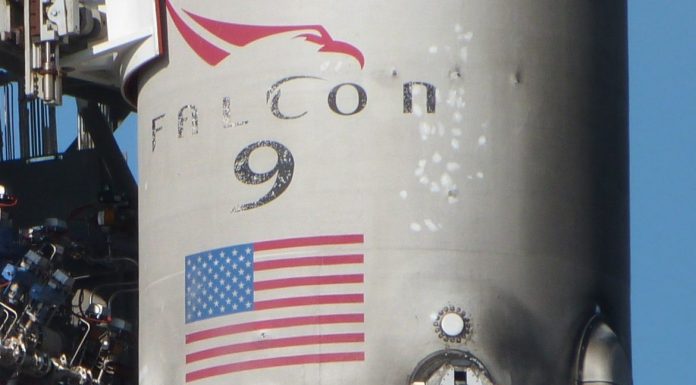With hours left on the Countdown Clock, the planned launch of a SpaceX Falcon 9 rocket was pushed back to June 4 to allow the NewSpace company time to conduct additional checks of the rocket’s second stage.
SpaceX has had a very, very busy year thus far. The company’s steady diet of rocket launches has gone exceedingly well — aside from a bit of trouble with nosecone recovery — and only a handful of launches have had to be delayed due to weather or technical checks. The impending launch of the SES-12 communications satellite, which was originally scheduled to take place today, May 31st, just got its second unfortunate delay.
In a tweet on May 28th, SpaceX revealed that it was pushing back its targeted launch date of May 31st to June 1st, a 24-hour delay that the company said it would use “to perform pre-launch vehicle checks.” Now, as that new launch time was fast approaching, SpaceX took to Twitter to once again announce it was pushing back the launch.
“Standing down from Friday’s launch attempt to run additional tests on Falcon 9’s second stage,” the company explained in the tweet. “Rocket and payload are in good health. Currently working towards a June 4 launch of SES-12 from Pad 40 in Florida.”
No further details regarding the delay were given, but it’s worth noting that the satellite will be launched using one of SpaceX’s used (sorry, “flight proven”) rocket stages. However, as the tweet notes that the company is re-checking the second stage (not the first stage, which is the one that is recovered for reuse) it wouldn’t appear that the recycled rocket is contributing to the delay.
The SES-12 satellite, which was built by Airbus, will join the the company’s other communications satellites to bolster its capabilities. SES says the satellite will have a lifespan of roughly 15 years, and will be replacing an aging satellite with coverage over parts of Asia, including Russia and Japan, and even stretching as far south as Australia.















